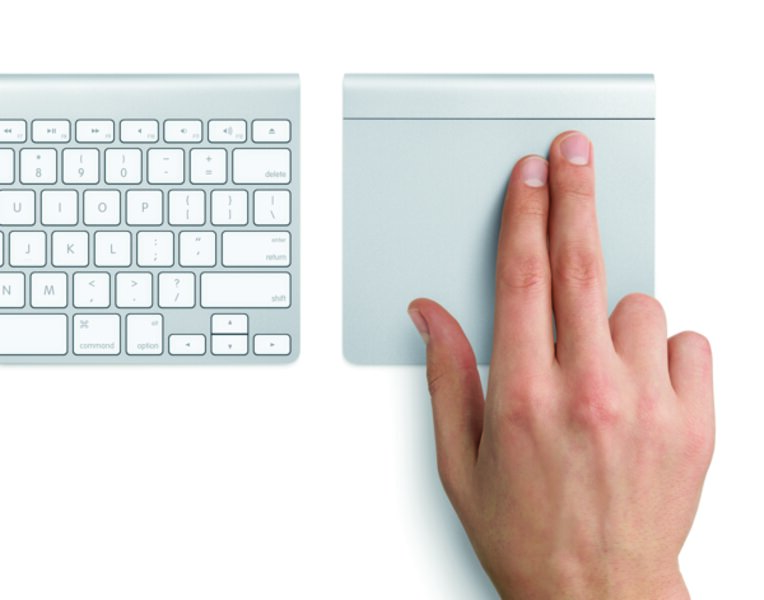We've been talking about software so far, but I want to share a hardware frustration that has been constant across all the Windows laptops I've tried (including the one I'm using now), the trackpad. Each and every one of them has been comparatively undersized, not terribly accurate, and awful at recognizing standard gestures like pinch-to-zoom and two-finger scrolling. By contrast, every Mac trackpad since about 2006 has featured inertial scrolling, foolproof responsiveness, and system-wide gestures that are actually useful.
I recognize that PC trackpads may not work out of the box every time, and that a little bit of driver updating and tweaking may be needed. So I've spent a lot of time – on a lot of different machines – adjusting trackpads' sensitivity, scroll area, and so on. But performance is always intermittent at best. I just haven't found a PC trackpad that comes close to duplicating what you'd find on a Macbook Pro or Macbook Air.
I'm not alone in this assessment, either. In the past few months Engadget and the Verge have found the trackpads on the latest high-end laptops from Dell, Samsung, and HP – capable machines with the highest-quality components – to be flaky and hard to use (see, for example, here, here, and here). I suppose Apple has the advantage of having total control over every feature of their supply line (including trackpads and the drivers that control them), whereas PC makers have to find ways to make software and components from lots of different manufacturers play together nicely.







